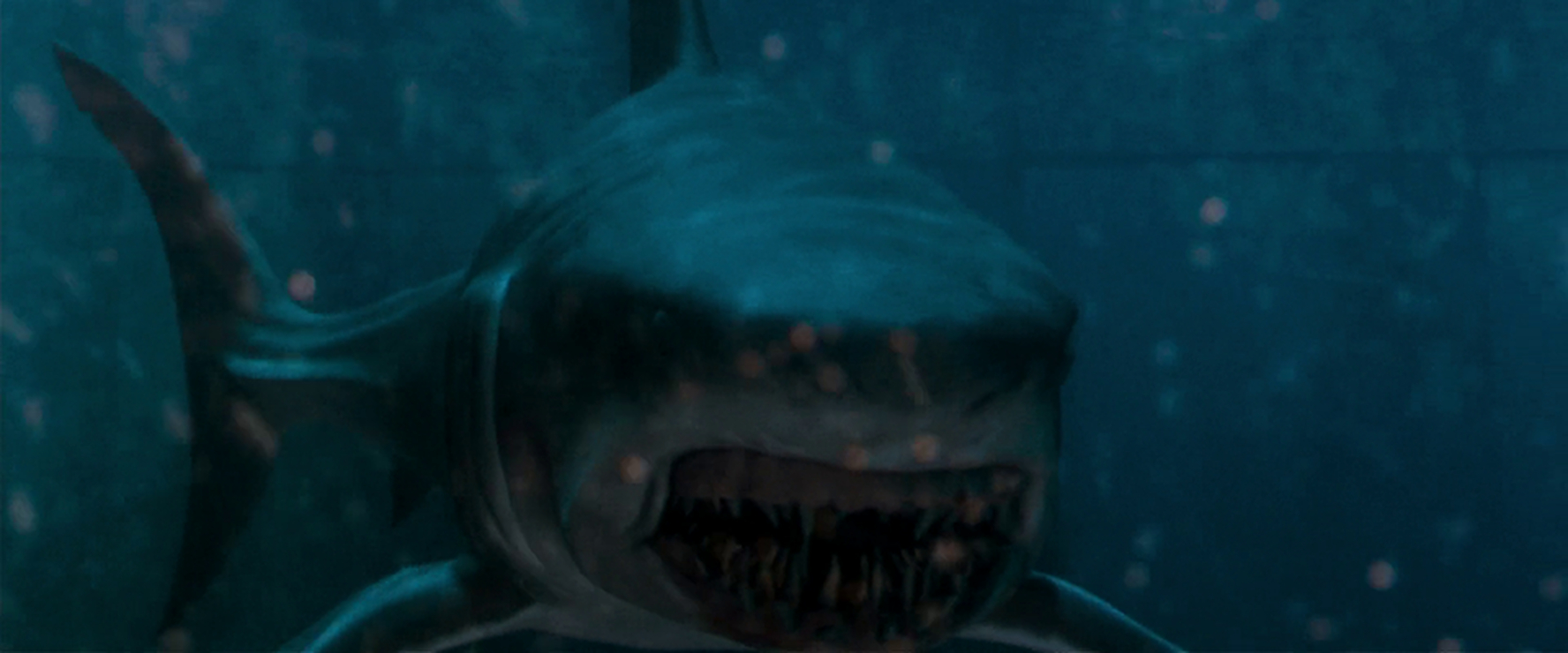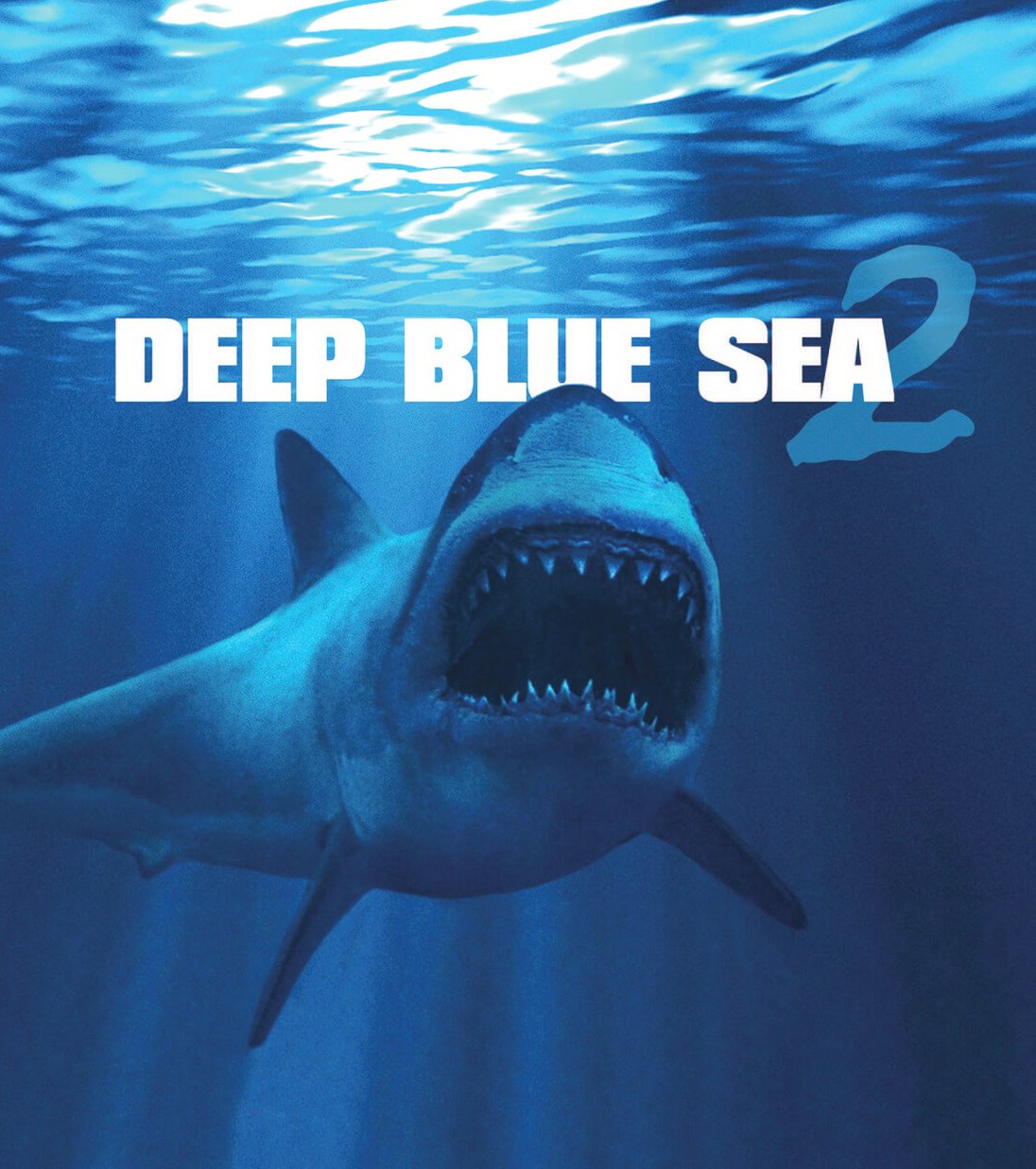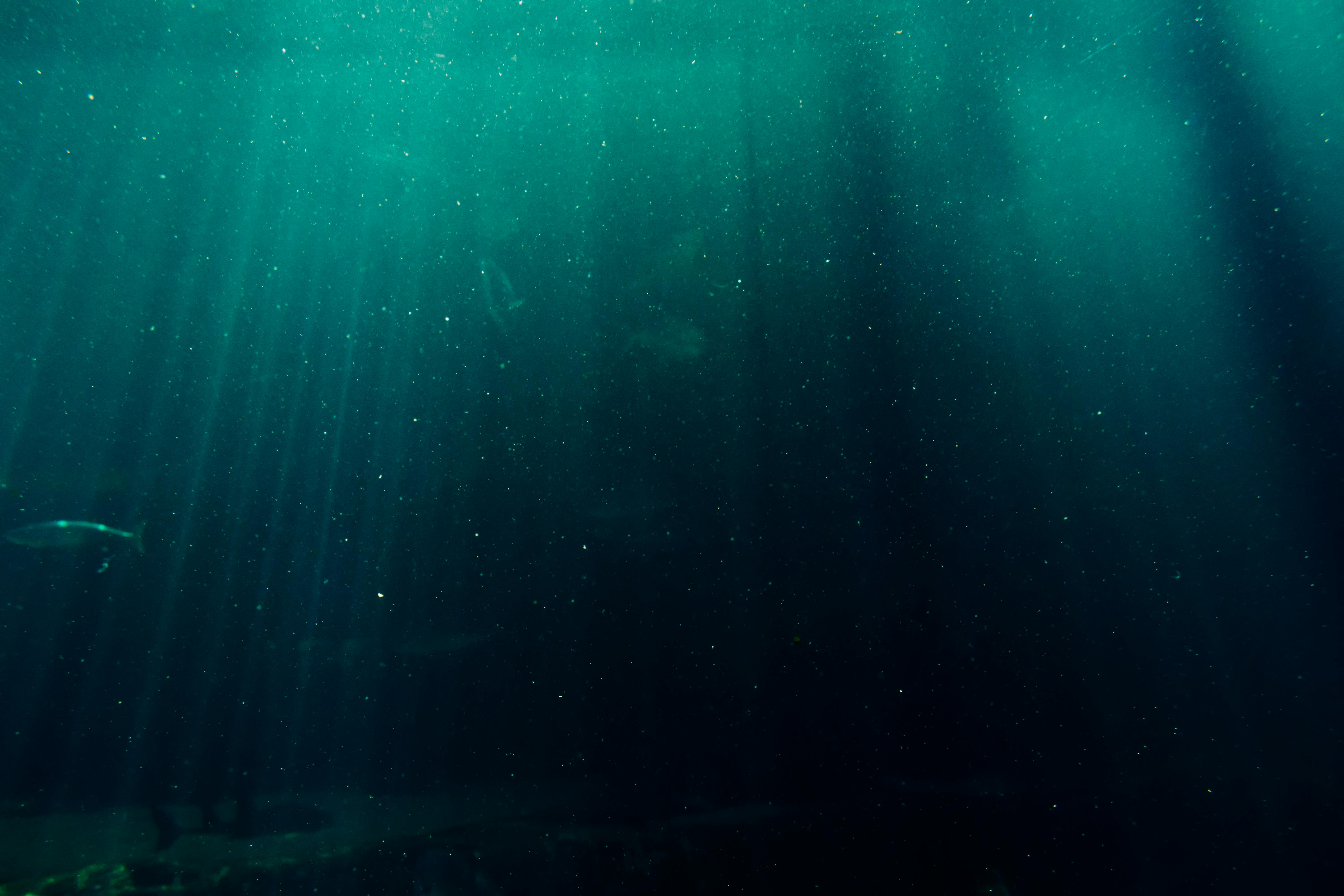
You needn’t live near a coast to have a dead zone. The other quarter is the result of airborne nitrogen. According to Diaz, agricultural runoff and sewage account for about three-quarters of the problem. The Chesapeake Bay hosts several dead zones, each from the drainage of a different river. Even halfway across the Sound-more than 50 miles from the most densely populated parts of New York City-the waters have been hypoxic in at least 10 of the last 20 summers. The eastern portion of Long Island Sound, has suffered dead zones nearly every year for the last two decades. But, as this map illustrates, everyone in the eastern and southeastern United States lives close to a dead zone of some size. dead zones are in the Gulf of Mexico and off the coast of Oregon. Nitrification is a special problem in Long Island Sound and the Chesapeake Bay, which have absorbed large amounts of nitrogen from coal-burning power plants in the Midwest. These particulates eventually settle into waterways and head for the sea. When cars, trucks, and power plants burn fossil fuels, they emit nitrogen into the air. Sewage treatment and managed releases remedied the situation back then, and similar infrastructure investments could likely alleviate the excrement-fueled dead zones of the modern world.Īirborne nitrogen also contributes to the world’s dead zones. The circumstances chased off aquatic life and enveloped the city in a horrific stench, culminating in the Great Stink of 1858. With this influx of nutrients-one creature’s sewage is another’s sustenance-bacterial populations multiplied and depleted the river’s oxygen. In the early 19 th century, London built a sewer system to divert waste from newfangled flush toilets into the Thames. That’s a good thing, in a way, because engineers have been working for hundreds of years on sewage management solutions.
-screenshot.jpg)
Sewage causes the majority of dead zones in Africa and South America. Without oxygen, most marine life cannot survive. That leaves very little dissolved oxygen in the subsurface waters. A phytoplanktonic surge leads to a boom in bacteria, which feed on the plankton and consume oxygen as part of their respiration. At the mouths of rivers, such as the Mississippi, the glut of phosphorous and nitrogen intended for human crops instead feeds marine phytoplankton. Rains wash excess fertilizer from farms into interior waterways, which eventually empty into the ocean. What causes these things?Īgricultural practices are the biggest culprit in the United States and Europe. Diaz estimates that a more accurate count is 1,000-plus dead zones globally. That number is almost certainly a vast undercount, though, since large parts of Africa, South America, and Asia have yet to be adequately studied. There are more than 400 known dead zones worldwide, covering about 1 percent of the area of the continental shelves. A handful of the 166 dead zones have since bounced back through improved management of sewage and agricultural runoff, but as fertilizer use and factory farming increase, we are creating dead zones faster than nature can recover. Coastal waters contain the vast majority, though some exist in inland waterways. After reviewing the academic literature on “hypoxic zones” in 2012, Robert Diaz, professor emeritus at the Virginia Institute of Marine Science at the College of William and Mary, identified 166 reports of dead zones in the country.

Which makes you wonder… How many other dead zones are out there?

Caused largely by nutrient runoff from farm fertilizer, this oxygen-deprived “dead zone” is approximately the size of Connecticut.Īlthough slightly smaller than last summer’s edition, the Gulf dead zone is still touted by some as the largest in the United States and costs $82 million annually in diminished tourism and fishing yield. Warmer water holds less oxygen, and the researchers found that 94 percent of the world's dead zones are in areas expected to see a temperature rise of 2 degrees Celsius or more by the end of the century.Ī stretch of the Gulf of Mexico spanning more than 5,000 square miles along the Louisiana coast is nearly devoid of marine life this summer, according to a study released this week. Climate change is likely to make existing ocean dead ader, according to a new study by the Smithsonian.


 0 kommentar(er)
0 kommentar(er)
